
Keith Jarrett is an American pianist and composer. Jarrett started his career with Art Blakey and later moved on to play with Charles Lloyd and Miles Davis. Since the early 1970s, he has also been a group leader and solo performer in jazz, jazz fusion, and classical music. His improvisations draw from the traditions of jazz and other genres, including Western classical music, gospel, blues, and ethnic folk music.

Eyes of The Heart is a live album by American pianist Keith Jarrett recorded at the Theater am Kornmarkt in Bregenz, Austria in May 1976 and released on ECM in 1979—the last release by Jarrett's "American Quartet", featuring saxophonist Dewey Redman and rhythm section Charlie Haden and Paul Motian.
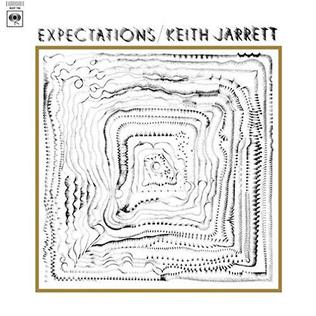
Expectations is an album recorded by Keith Jarrett in 1972 and released on Columbia Records the same year. In addition to Jarrett, musicians on the recording include his "American quartet": Dewey Redman on tenor saxophone, Charlie Haden on bass, and Paul Motian on drums. Also featured are Sam Brown on electric guitar, Airto on percussion, as well as brass and string sections whose members are not credited in the album information. Expectations was produced by George Avakian, Jarrett's manager since 1966.

Sun Bear Concerts is a live box set by American jazz pianist Keith Jarrett compiling five solo piano concerts performed over two weeks during his November 1976 tour in Japan and released on ECM in January 1978.

Vienna Concert is a live solo album by American jazz pianist Keith Jarrett recorded on July 13, 1991 at the Vienna State Opera in Vienna, Austria, and released by ECM September the following year.

Belonging is a studio album by American jazz pianist Keith Jarrett, recorded over two days in April 1974 and released on ECM later that year—the debut of Jarrett's "European Quartet", featuring saxophonist Jan Garbarek and rhythm section Palle Danielsson and Jon Christensen. Because Jarrett's contract with ABC/Impulse! prevented him from performing with the quartet under his own name, the group became known as the "Belonging" quartet.

Personal Mountains is a live album by American jazz pianist Keith Jarrett recorded in Tokyo during his April 1979 tour in Japan, and released by ECM ten years later, in 1989. The quartet—Jarrett's "European Quartet"—features saxophonist Jan Garbarek and rhythm section Palle Danielsson and Jon Christensen.

Bop-Be is the final album on the Impulse label by jazz pianist Keith Jarrett's 'American Quartet'. Released in 1978, it features performances by Jarrett, Dewey Redman, Charlie Haden, and Paul Motian. Its tracks were recorded in October 1976, along with those that produced Byablue. These two albums document the swan song of Jarrett's American Quartet and, aside from "classical music", the last albums Jarrett released on a label other than ECM.
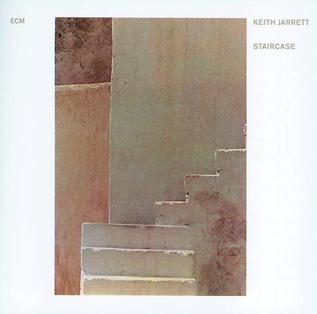
Staircase is a solo double album by American jazz pianist Keith Jarrett recorded in May 1976 and released on ECM the following year.

Ruta and Daitya is jazz album by pianist Keith Jarrett and drummer Jack DeJohnette recorded in May 1971 and released on ECM in 1973—one of Jarrett's rare performances on electric keyboard.
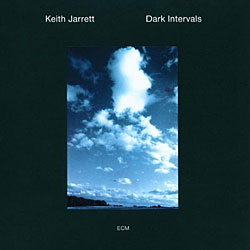
Dark Intervals is a live solo album by American jazz pianist Keith Jarrett recorded at the Suntory Hall in Tokyo on April 11, 1987 and released on ECM the following year.

Over the years, Keith Jarrett has recorded in many different settings: jazz piano trio, classical and baroque music, improvised contemporary music, solo piano, etc. Well known for his tremendous impact on the piano and jazz scene, as a composer, multi-instrumentalist, and first class improviser, Keith Jarrett's original output embraces many different musical styles and spans a period of almost 50 years, comprising a generous production of more than 100 albums.

Restoration Ruin is an album by Keith Jarrett on which he performs multiple instruments, and sings his own lyrics. Recorded and released on the Atlantic Records subsidiary Vortex in 1968, the album remains unique in Jarrett's catalogue, displaying a sound largely influenced by folk and progressive rock. It can be seen as the first part of an experimental period which explored neither traditional jazz nor classical music. Here Jarrett overdubs himself on various instruments, similar to the tribal Spirits (1985) or especially the free funk No End. "Sioux City Sue New" was released as a 45 rpm single, backed with "You're Fortunate." In 1999, Collectables Records reissued the album paired with the Art Ensemble of Chicago's Bap-Tizum.
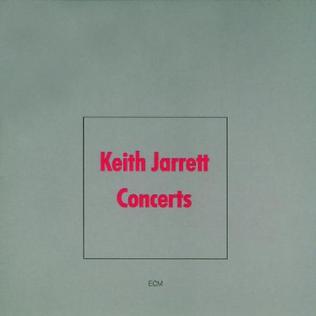
Concerts is a live solo triple album of by American jazz pianist Keith Jarrett recorded at the Festspielhaus in Bregenz, Austria on May 28, 1981, and the Herkulessaal in Munich, West Germany on June 2, 1981, and released on ECM in September of the following year.

Luminessence: Music for String Orchestra and Saxophone is an album composed by American pianist Keith Jarrett featuring saxophonist Jan Garbarek and the Südfunk-Sinfonieorchester conducted by Mladen Gutesha, recorded in April 1974 and released on ECM the following year—Jarrett does not perform on this album. The title is a portmanteau of "luminescence" and "essence".
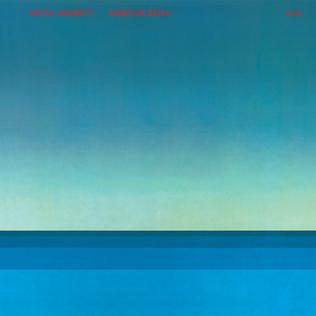
Arbour Zena is an orchestral work composed by American jazz pianist Keith Jarrett which was recorded in October 1975 and released by ECM the following year. The trio features saxophonist Jan Garbarek and bassist Charlie Haden backed by members of the Stuttgart Radio Symphony Orchestra conducted by Mladen Gutesha.

Hymns/Spheres is a solo double album by jazz pianist Keith Jarrett recorded on the Karl Joseph Riepp "Trinity" Baroque pipe organ at the Benedictine Abbey in Ottobeuren in September 1976 and released on ECM later that year.
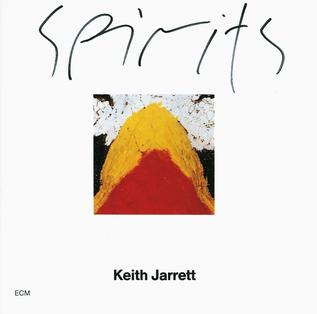
Spirits is a solo double album by Keith Jarrett recorded at his home studio over May–June 1985 in New Jersey and released on ECM September the following year, featuring Jarrett performing on various instruments he had on hand: two flutes, three sets of tablas, a shaker, six recorders, his voice, a soprano saxophone, a piano, a guitar, a glockenspiel, a tambourine, a cowbell, and a bağlama.

G.I. Gurdjieff: Sacred Hymns is an album by pianist Keith Jarrett recorded March 1980 and released on ECM September that year, featuring solo piano performances of the sacred hymns of George Gurdjieff and Thomas de Hartmann.
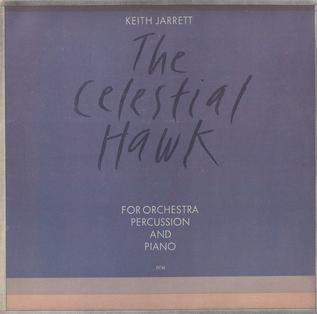
The Celestial Hawk: For Orchestra, Percussion and Piano is an album of contemporary classical music by Keith Jarrett recorded at Carnegie Hall with the Syracuse Symphony Orchestra, conducted by Christopher Keene, on March 22, 1980 and released on ECM November that same year.



















